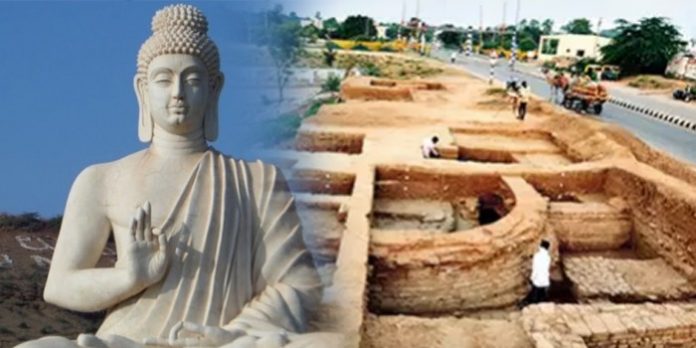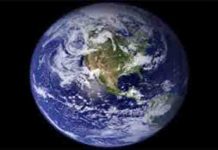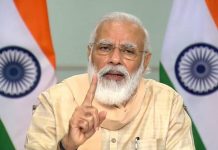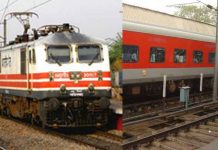Gujarat archaeological department have unearthed a plaque depicting scenes from Buddha’s life dating to as far as 1,900 years ago. The large area, which includes Buddhist stupas, was discovered after the resumption of work on the corona lockdown have uncovered Buddhist monasteries that stretches for miles. A structure called the Chaitya has been found which is recorded as the construction methods of the Buddhist monasteries. A shrine with a prayer hall and two stupas have also been excavated in the vicinity. The ancient marvels were dug up from near the grain godown in Vadnagar and date back to the 2nd to the 7th century. This time period coincide with Chinese traveller-monk Hiuen Tsang’s visit to the ancient town in the 7th century. In 2007, excavation carried out at Vadnagar by the state’s Archaeology department revealed a monastery with 12 residential cells, supposed to have been used between 2nd century AD and 4th century AD. The discovery authenticated Huien Tsang’s account of the ancient town. Vadnagar is internationally known as the birthplace of Prime Minister Narendra Modi.
A crew of ASI’s Excavation Branch V has been stationed in the traditional city since 2015 to hold out cultural sequencing of the PM’s hometown. Work in season 2019-20 was primarily targeted on two spots – Amba Ghat on the banks of Sharmishtha Lake, and the neighborhood of grain godown close to the railway line. The main structure, possibly a Chaitya was excavated from the site spread over a 50×20 metre area. It is an apsidal structure. It is believed to be a Buddhist Chaitya because of its unique design. The Chaitya structure dates back to 2nd-3rd century CE. It also shows signs of repairs around 5th Century CE onwards.






















